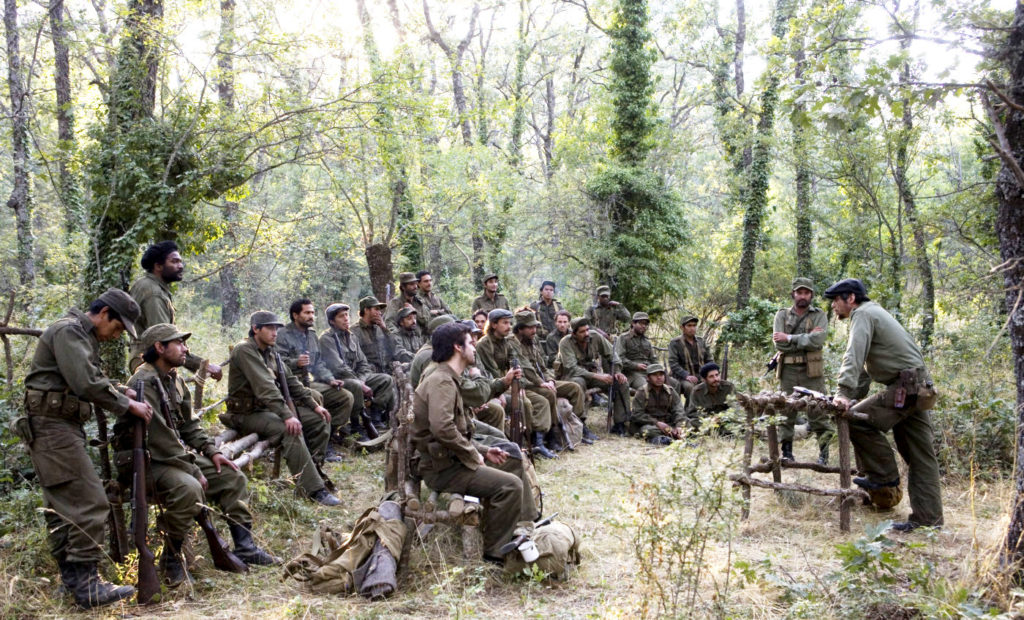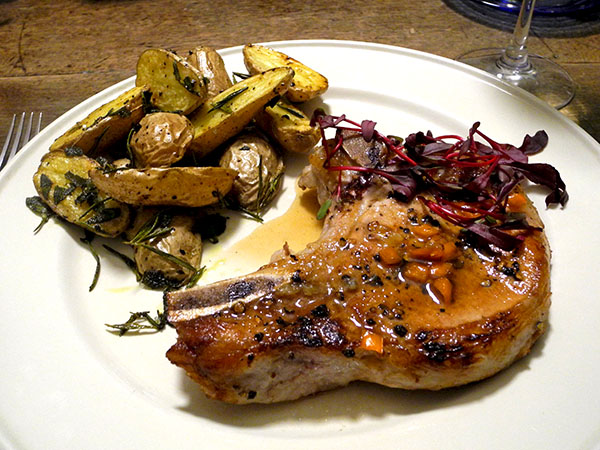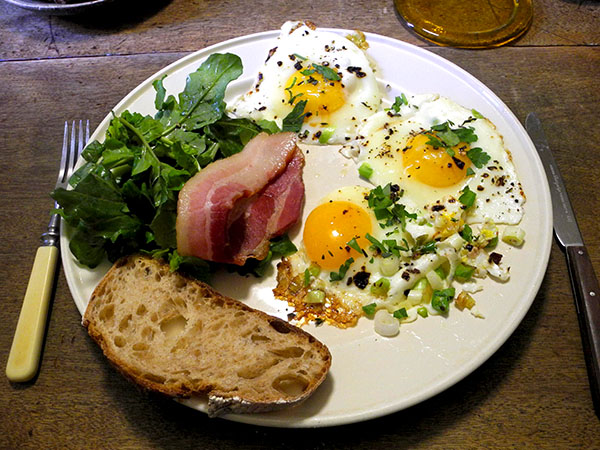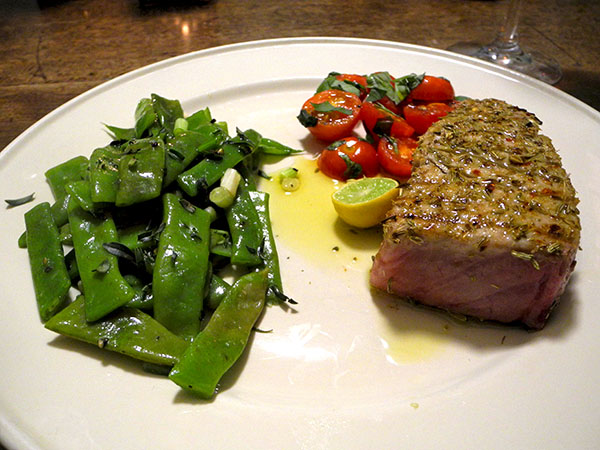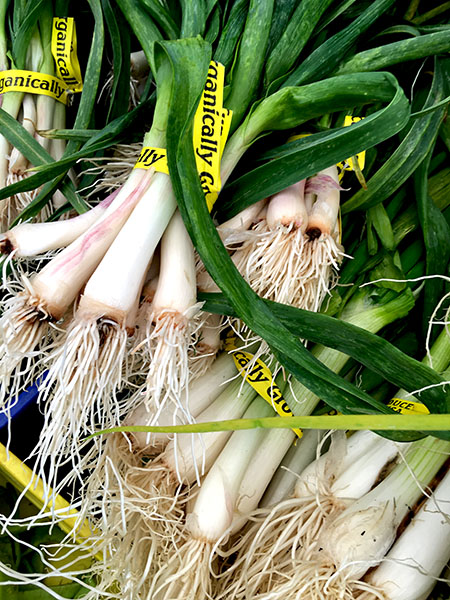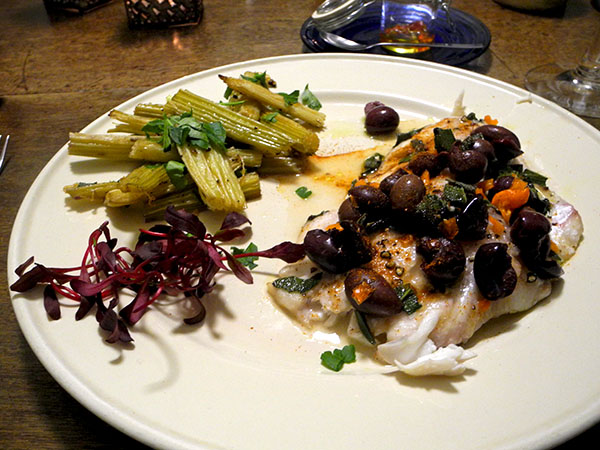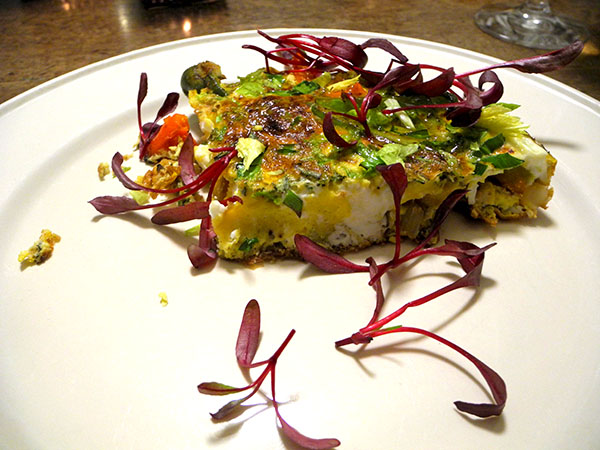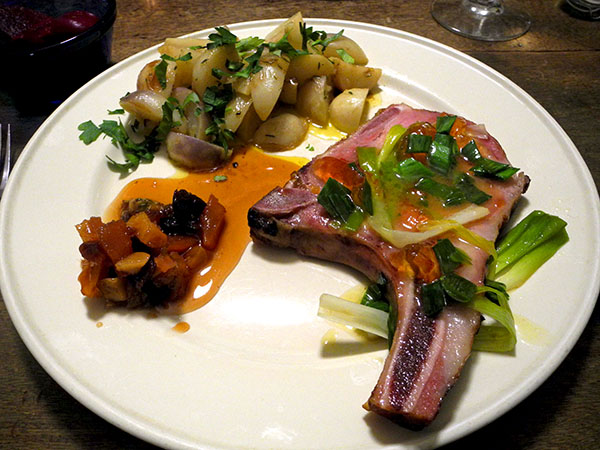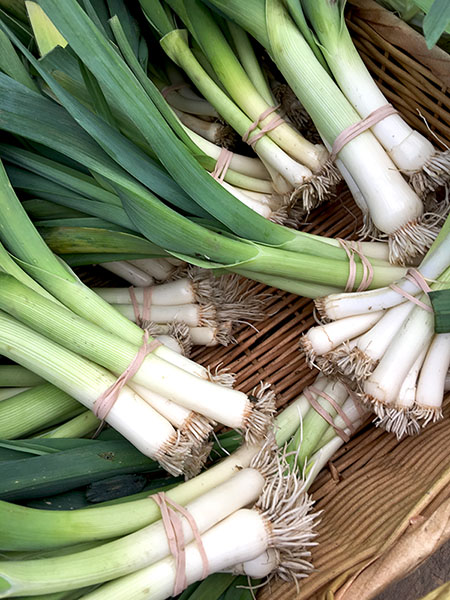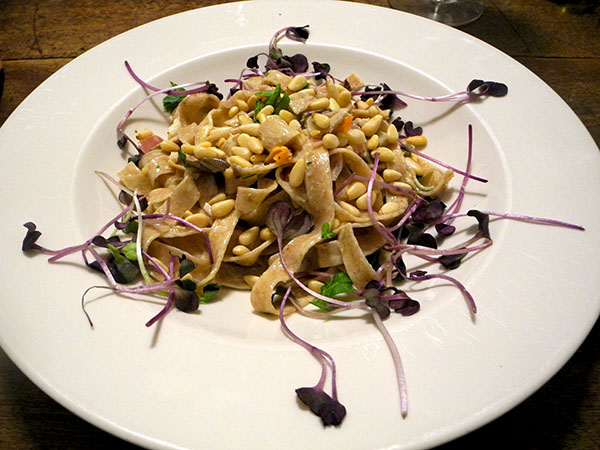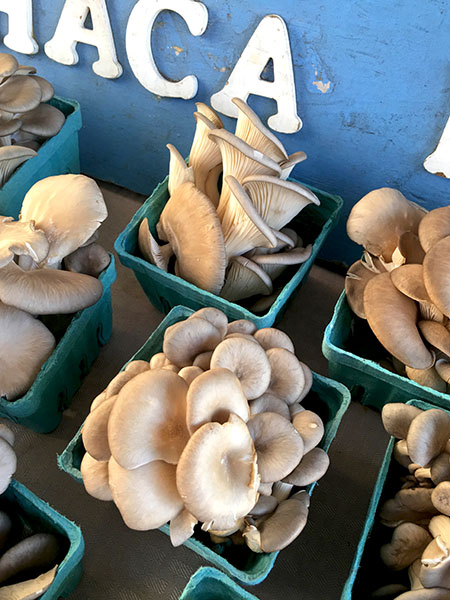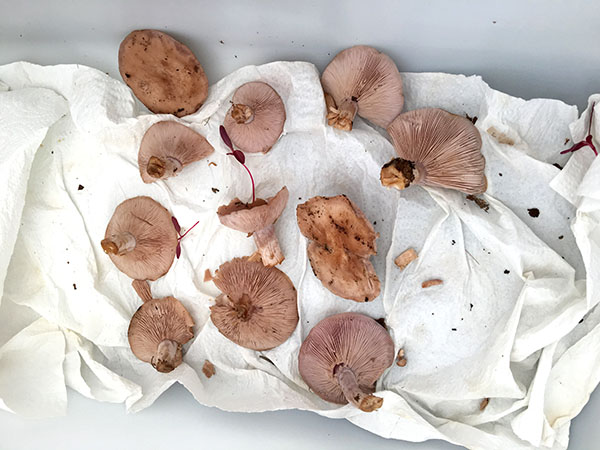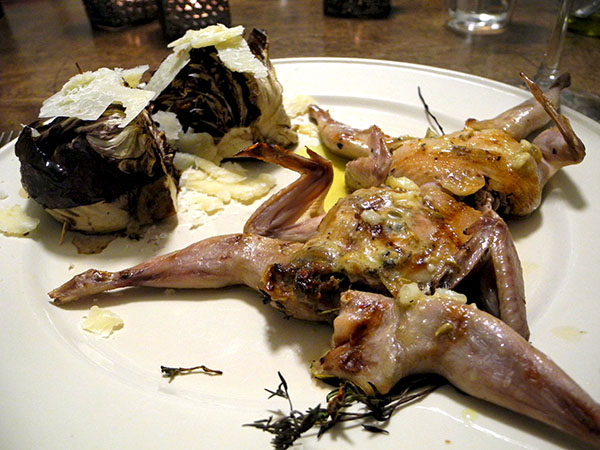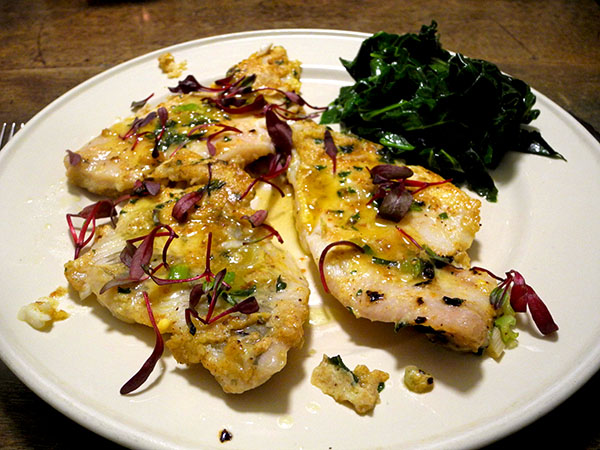
I was nattering with the mongers and wasn’t thinking much about the quantity of fish being drawn from the low tub nestled in the ice. I ended up with a pound of fish, a little more than I would normally buy, but the flounder was so terrific that both of us were very happy the number was a little generous.
The vegetable was equally delicious, an especially sweet and tender batch of young collards from some of my favorite farmers.
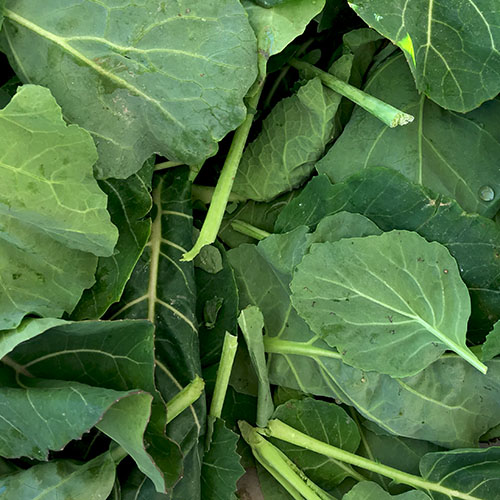
- six flounder fillets (exactly one pound) from P.E. & D.D. Seafood, seasoned with salt and pepper on both sides, coated lightly with well-seasoned flour (I used North Country Farms Stone Ground Whole Wheat Flour), then submerged in a shallow bowl containing a mixture of one egg from Millport Dairy, a little whole milk, and a pinch of salt, allowed to stay submerged until the vegetable had been cooked and the remaining ingredients for the fish prepared, then removed from the bowl, placed inside a heavy enameled cast iron pan with 2 or 3 tablespoons of olive oil, on top of some chopped fresh oregano from Stokes Farm, a small amount of crushed, dark, dried heatless Habanada pepper acquired fresh from Norwich Meadows Farm, and some chopped scallions (with their green sections), fried over a brisk flame until golden, barely two minutes for each side, removed and arranged on the plates, 2 tablespoons of butter and 2 tablespoons of organic lemon juice added to the pan, along with a little salt and pepper, cooked over low heat for less than a minute, stirring, before being poured over the fillets, and a small amount of ‘Bull’s Blood micro beet’ from Windfall Farms scattered over the top
- three quarters of a pound of loose young collard greens from Race Farm, stemmed, cut in a very rough chiffonade, then braised in a heavy pot in which crushed garlic from S. & S.O. Produce Farms had been allowed to sweat with some olive oil, the dish finished with salt, pepper, and a drizzle of olive oil
- the wine was a California (Napa Valley) white, Matt Iaconis Chardonnay Napa Valley 2015, from Naked Wines
- the music was the album, ‘An Enchanted Being – Music Of Ileana Pérez Velazquez‘, the choice being a response to our having just finished watching Steven Soderbergh’s ‘The Argentine’, the very topical first half (the second being, ‘Guerrilla’), of the political epic duology, ‘Che’, and it had moved us profoundly; we did not want to leave yet
